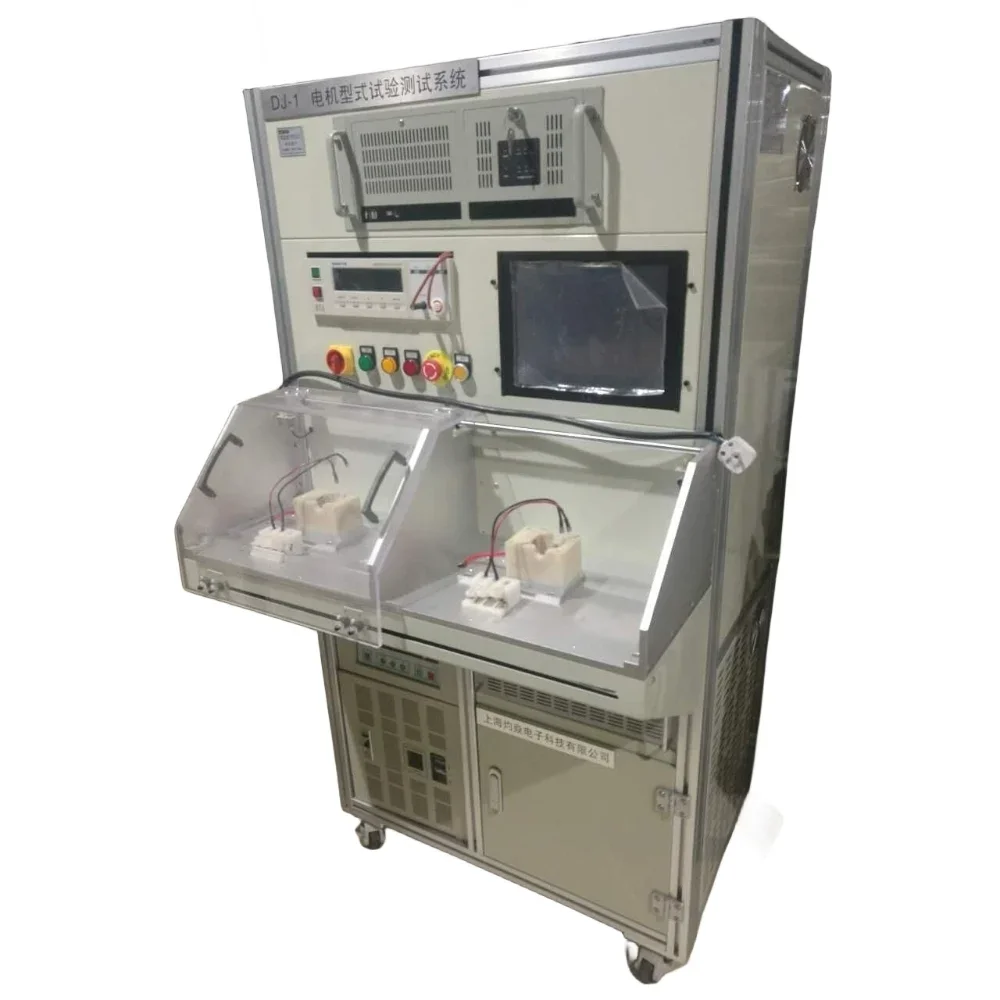- This topic is empty.
-
AuthorPosts
-
11/03/2024 at 14:43 #926
In the field of modern industry and equipment maintenance, motor testers are indispensable tools to ensure reliable motor performance and improve production efficiency. Correct storage and transportation can not only extend the service life of motor testers, but also ensure the accuracy and reliability of the test results. The purpose of this article is to provide a detailed guide on the storage and transportation of motor testers to help users properly manage and maintain their test equipment.
Storage conditions and environmental requirements:
The storage environment of the motor tester should be kept dry, clean and at a suitable temperature. The recommended relative humidity is 20% to 60%. Excessive humidity may cause corrosion of internal components of the equipment. The temperature range should be controlled between -10°C and +50°C to avoid damage to electronic components caused by extreme temperatures. In addition, the storage area should be away from dust, oil smoke, corrosive gases and strong magnetic fields. These factors may affect the performance and accuracy of the tester.
Preparation before storage:
Before storing motor testers, the following preparations should be made:
1. Clean the equipment: Use a clean, soft cloth to wipe the surface of the test instrument to ensure that it is free of dust and oil.
2. Check the battery: If the tester is powered by a battery, make sure the battery is fully charged or remove the battery to prevent battery leakage and damage to the device.
3. Data backup: Back up test data and configuration information to a computer or cloud for future use.
4. Power off: Unplug all power cords and external sensors to ensure that the device is powered off.

Packaging and container selection:
Selecting appropriate packaging materials and containers is critical to protecting your motor tester. It is recommended to use anti-static bags or foam plastic to wrap equipment to prevent damage from static electricity or mechanical shock. Place the wrapped equipment in a sturdy plastic storage box or special instrument case, making sure the lid is closed tightly to prevent the intrusion of dust and moisture. If stored for a long time or transported over a long distance, it is recommended to add additional cushioning materials, such as bubble wrap or foam board, to enhance protection.
Transportation precautions:
When transporting motor testers, the following points should be noted:
1. Shockproof: Make sure the tester is fixed on the transportation vehicle to avoid sliding or overturning during transportation.
2. Moisture-proof: If you may encounter a humid environment during transportation, additional moisture-proof measures should be taken, such as using sealed bags or desiccants.
3. Temperature Control: To avoid exposing the tester to extreme temperatures, especially when shipping in summer or winter, consider using a temperature-controlled shipping container.
4. Markings and labels: Clearly mark the outer packaging with warning labels such as"fragile","moisture-proof" and"keep upright" to remind handling personnel to handle it with care.
For motor testers that are not used for a long time, in addition to the above storage conditions, regular inspection and maintenance should be carried out. It is recommended to turn on the phone at least once every six months, run the self-test program, and check the battery status. If any abnormalities are found, they should be dealt with in time or contact the manufacturer for repair. Additionally, for long-term storage, consider using vacuum-sealed bags to further isolate air and moisture.
When the motor tester needs to be transported across countries, the transportation regulations of the relevant countries and regions should be followed. Understand and follow the regulations of the International Air Transport Association (IATA) and the International Maritime Dangerous Goods Regulations (IMDG) to ensure that the equipment being transported does not contain prohibited substances and that the packaging meets safety standards. Also, have relevant export entry documents and licenses ready to avoid delays during customs clearance.
Proper storage and transportation of motor testers are key to ensuring equipment performance and service life. Following the recommendations in this guide will help protect your tester from damage during storage and transportation. Best practices include regularly checking storage conditions, using appropriate packaging materials and containers, and adhering to transportation regulations. Through these measures, users can ensure that the motor tester maintains optimal performance and accuracy for future use.
Motor tester: Optimize motor operation and increase efficiency
Motor tester: a powerful tool for evaluating motor performance
Learn more about the classifications of motor testers?
Analysis of precautions for using motor tester
Motor Tester Maintenance Guide: Ensuring Accuracy and Reliability
Energy consumption and energy-saving tips for motor testers
Analysis of factors affecting the price of motor tester
The importance and methods of improving motor tester efficiency
How to extend the service life of a motor tester?
The working environment of motor testers and their importance
The history and future development trends of motor testers
Motor tester safety operation guide
How to choose a high-quality feed pellet mill supplier
mia
c.yd@kme-cn.com -
AuthorPosts
- You must be logged in to reply to this topic.